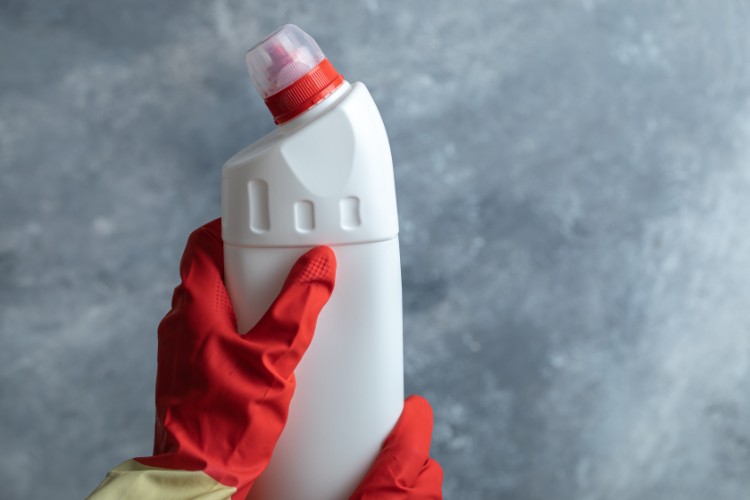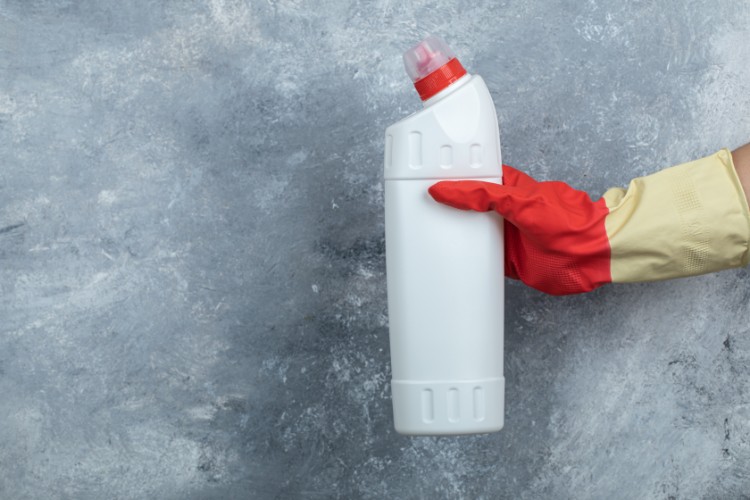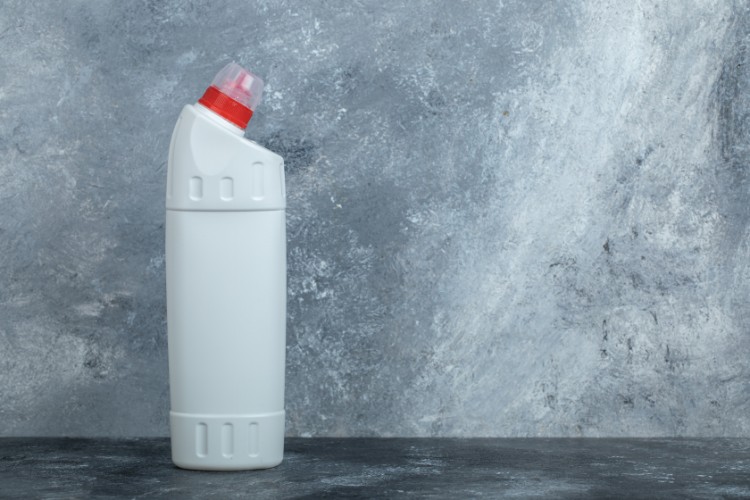Is Sodium Hypochlorite Bleach
When people ask Is Sodium Hypochlorite Bleach, I usually smile because the answer feels both simple and complicated. Yes, sodium hypochlorite forms the backbone of bleach solutions we use every day. But the story runs deeper. Let me share what we have learned through our work, our research, and even our day-to-day cleaning habits.
What Exactly Is Sodium Hypochlorite?
Sodium hypochlorite looks ordinary, but it holds strong cleaning power. It forms when chlorine gas reacts with sodium hydroxide. This combination produces sodium hypochlorite solutions that we often call chlorine bleach.
The Science in Simple Words
Chemical formula: NaOCl
pH level: usually high (alkaline)
Common strength: household bleach has around 5–6% NaOCl
Industrial strength: 10–15% NaOCl
That’s the nerdy part. The practical part? This stuff knocks out germs, stains, and funky odors in record time.
Is Sodium Hypochlorite Bleach or Something Else?
The straight truth is yes. When we pour household bleach into a bucket, we mostly pour sodium hypochlorite solutions. So the term “bleach” works as shorthand.
But here’s the twist. Not all bleach is sodium hypochlorite. Some bleaching agents use hydrogen peroxide or calcium hypochlorite. That’s why calling it “chlorine bleach” avoids confusion.
Types of Bleach Solutions You Might Meet
Household bleach → ~6% sodium hypochlorite
Industrial bleach → ~10–15% sodium hypochlorite
Alternative bleaches → peroxides or oxygen-based cleaners
Everyday Uses: Cleaning and Disinfecting
We use bleach solutions every single day without much thought. Yet the applications feel endless.
Common Household Uses
Wiping kitchen counters
Cleaning bathroom tiles
Removing mildew from showers
Whitening laundry
Medical and Industrial Uses
Disinfecting hospital rooms
Treating drinking water
Sanitizing food equipment
Wastewater management
Every time we dip a cloth in diluted bleach, we’re harnessing serious chemical muscle.
Why Sodium Hypochlorite Works So Well
This chemical does not play nice with germs. It breaks down cell walls, oxidizes proteins, and wipes out microbes. In other words, it doesn’t just clean surfaces; it destroys the very structure of bacteria and viruses.
That’s why during outbreaks, health authorities often recommend chlorine bleach for sanitization.
Safety: The Other Side of the Story
Now let’s get real. Bleach has power, but it comes with risk. If we don’t use protective equipment, we invite trouble.
Main Health Risks
Irritates the respiratory tract
Burns eyes and skin
Creates toxic fumes with ammonia or hydrochloric acid
Damages fabrics when overused
I still remember the day I mixed bleach and toilet cleaner. One deep breath taught me why the label screams do not mix. Lesson learned.
How to Stay Safe
Always wear gloves
Use goggles when splashing risk is high
Keep windows open for ventilation
Never mix bleach with acids or ammonia
How to Use Diluted Bleach Safely
The trick with bleach lies in dilution. Strong solutions don’t always clean better; sometimes they only damage faster.
Practical Dilution Ratios
Household disinfecting: 1 part bleach to 9 parts water (10%)
Laundry whitening: follow the machine’s bleach drawer guide
Surface cleaning: about 4 tablespoons bleach per gallon of water
We find diluted bleach still powerful enough for cleaning and disinfecting while reducing risk to health.
The Role of Sodium Hypochlorite Generator
Let’s shift gears. In our company, we produce modern equipment that makes sodium hypochlorite directly on-site. This means no bulky bleach transport, no risky storage, and fresher solutions.
Benefits of On-Site Generation
Safer than storing chlorine gas
Produces fresh disinfectant when needed
Cuts long transport chains
Reduces environmental impact
This technology shows how industry adapts to balance cleaning power with human safety.
The Hidden Side: Humor in Bleach Stories
Sometimes science meets real life in funny ways. We once had a staff member who decided to “make the sink sparkle” with pure bleach.
Instead of sparkle, the sink looked like it went ten rounds with a prizefighter. Lesson? Always dilute.
Bleach teaches us humility. We think we control it, but sometimes it reminds us who’s boss.
Wrapping It All Up
So, back to the big question: Is Sodium Hypochlorite Bleach? Yes, it is. But bleach also comes in other forms. Sodium hypochlorite remains the world’s favorite because it works fast, cheap, and reliably.
Still, we must respect it. Use protective equipment, ventilate rooms, and never mix it with acids. And if you want top performance without dangerous handling, on-site generation offers a smart upgrade.
We feel proud working with a substance that helps keep homes, hospitals, and cities safe. Yet every time we open a bottle of household bleach, we remind ourselves: this little chemical deserves respect.



